
 |
|
Originally Posted by historyman
(Post 882987)
After much research since my last post Iíve finally established that the Model T Ford was not assembled in India. I think the first one arrived in India sometime between 1913 and 1916. All Model Ts being supplied to India (a total of 22,000) came from Canada, not the USA. Does anyone have any information on Model T Fords in India? Are any of the 22,000 still there? |
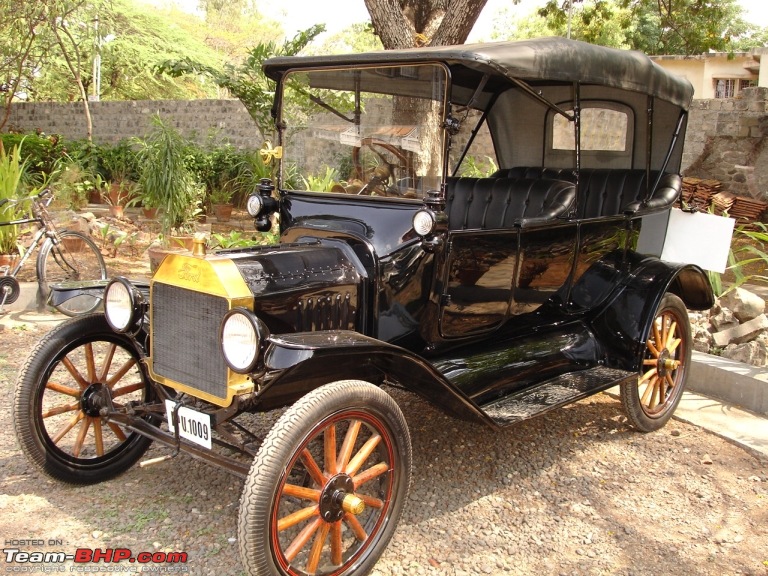
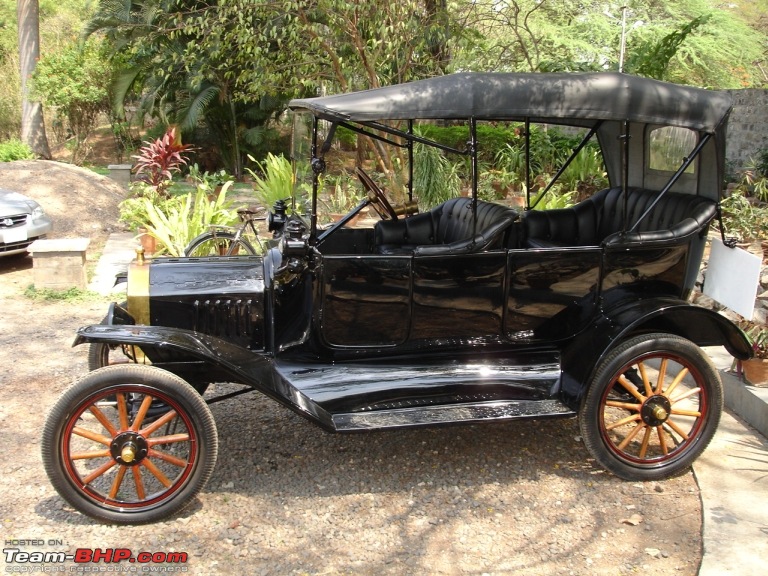



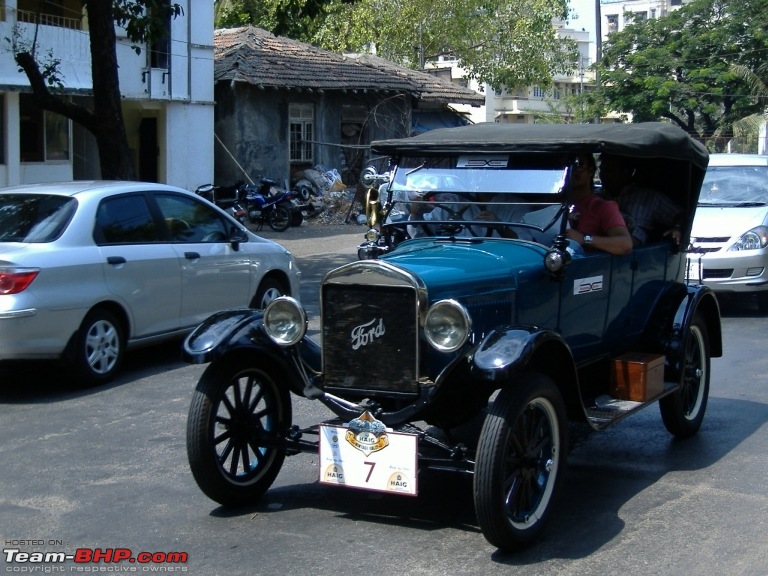





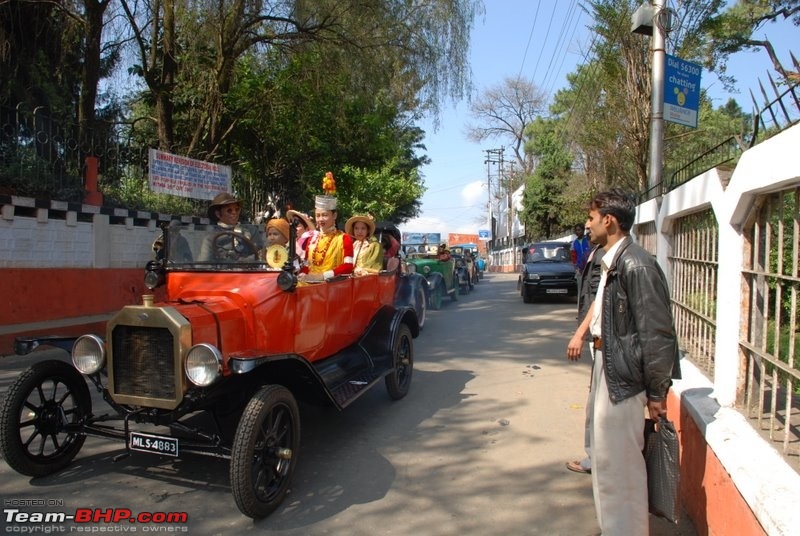
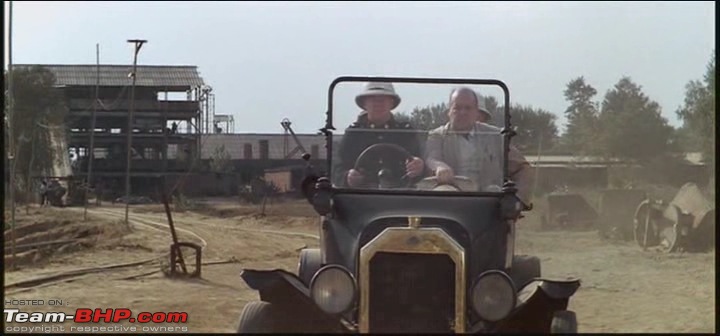


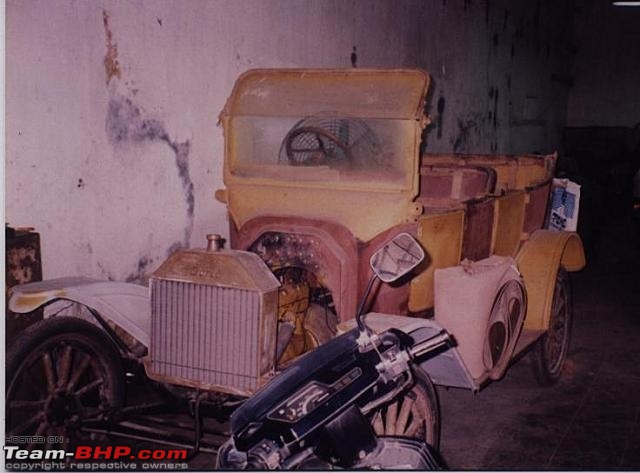
|
Originally Posted by historyman
(Post 882987)
...the Model T Ford was not assembled in India. All Model Ts being supplied to India (a total of 22,000) came from Canada, not the USA. |
|
Originally Posted by karlosdeville
(Post 883043)
We can be quite sure that the T was not Indian assembled, and yes, all that I have seen are of Canadian origin. Here are the T's that I know of in existance. APU 1009 was recently entered in a rally here in Pune by Pervez Vora. NLK 9999 was part of the late Ravi Kumar's collection, Im told it is now with Ravi Prakash. |
|
Originally Posted by historyman
(Post 883809)
May I have your permission to use some of the photos you attached on my web site? |
|
Originally Posted by Prabal
(Post 883860)
A rather far-fetched number, that of 22,000 Ts coming to India. Could be in the sub-continent at the most. Nice pics there, Karl. Both the black cars, APU 1009 and NLK 9999, look really nice. Wonder what Henry would have to say about the colours of the other ones, and the white tyres of NLK 9999?!! |
|
Originally Posted by karlosdeville
(Post 883899)
Enjoyed the trivia Prabal, thanks! We all know Henry Ford's famous line about any colour as long as its black, but was this applicable to the entire production run? I would think by the end contrasting colours might have been offered. What say? And regarding the white tyres, they certainly were popular on American cars back in the day (1900s) but Im not sure if they were still in vogue in the model T days. |
|
Originally Posted by historyman
(Post 884161)
My recent research into the colours of Model Tís has revealed the following:... ...What Iím still trying to find out is the exact colours of the Canadian produced Model Ts (which is where the Indian ones came from). Regarding numbers: Ford Canadaís export figures indicate India (22,000)... I think the 22,000 figure for India is more than possible for the 14 or so years it was sold there. |
|
Originally Posted by historyman
(Post 888645)
Prabal, I've been trying to find out how many Model Ts still exist. The figures I've come across vary a lot; from 100,000 to 300,000. What I did find out was that in the 1920s the overall life of a car in the USA was 6 years and above averge, at 8.3 years, for the Model T. Have you every seen any figures for how many Model Ts still exst? |
|
Originally Posted by Prabal
(Post 883860)
A rather far-fetched number, that of 22,000 Ts coming to India. Could be in the sub-continent at the most. |
| I read this blog and was wondering what is so difficult about this number, 22K. There must be today at least 40 Model T’s surviving. Now why is the survival rate so low and is 22K a possible number? This should be logically thought out. I personally think that 22K is a possible number. Do not forget that India is a big country and a lot of cars did end up in the countryside. In fact most of the T’s alive today were found in the country side. The T was good for the country side as it was sturdy and highly agricultural. The problem with the T as in the case of Fluid Drive cars and later the American automatics was that there were few trained mechanics to repair them when they went out of style. After some time the parts and the skill were no longer available. And remember, these cars were being repaired at that time by professional garages who wanted to see the backside of your car as quickly as possible (after you paid the bill!) and were not going to hunt for parts and restore. These cars were utility just like Maruti 800’s today. Not only the parts, but even the mechanicals became dated. I have personally seen a 1926/27 Ford T tourer bought from Bihar being scrapped in Mahim as the engine was opened and no one was there to repair and put it together. Like that I know of about 5 T’s which were scrapped. Then you could also not get the tyres. Later on there were only a few who could drive them, I cannot yet drive a T but I will when my T gets restored. Will you believe this, I drove an Amby 1975 daily till April 2008 and have sent it for fixing as it was literally falling apart. I am one of those crazy guys who used it even to go to the Taj/ Oberoi. The valets almost always talked to me. Many admitted not having driven an Amby for long and on 2 occasions the valet gave the car to another to park. When this happens to an Amby, why not earlier to a T. Even Beetles have been destroyed because mechanics did not understand them. Today you can get a beetle running properly. But the Karmann I bought from Goa was sold by the owner because his mechanic in Goa !! messed up the engine. We had to get it by truck. It was first fixed in Pune but sort of failed, finally it was sorted out in Mumbai by Solanki. One more point is the low survival rate of cars upto 1930. Very poor except for Ford A’s and Austin 7’s. Does this mean that there were any less cars imported into India? No, spares availability played a big role. We in India do not throw away something if it could be repaired, and then sometimes sold. And if it was irrepairable, then it was sold to the scrapper and we did get some money which was always welcome. Unfortunately India had a recycling industry which ate a lot of cars. Many people did keep the rusting junk until they lost the storage place like sale of property, new acquisition etc. Just check how many Thornycroft or Albion vehicles have survived. I personally know of none. But if you see old registration books, an example of type of vehicle mentioned is Albion. This should infer that there were many of them around. Austin 7’s have survived not because of great fuel economy but because their parts were available for a long time. I know that in Amravati, Maharashtra Ford A taxis ran till 1980. I know that they were so reliable that my friend used one between 1977 to 1982 to go to Lonavala almost every weekend with his “chicks” They were indestructible. Whenever I meet people I always bring up the topic of their old family cars. One has to be careful because only a certain segment of people possessed cars at that time. So many time I heard that the car was run until parts or tyres wre no longer available. Like the Adler, I met this bank manager who told me that he ran his family’s Adler upto the 1960’s and then had to give up because the Adler ex-agent no longer had parts. Adler cars shut down during the war and never recommenced manufacture after the war was over. I have a photo of Chor Bazar taken in the 1960’s and one can see an Adler and Citroen grills displayed on a wall. Incidently, that wall still exists today. Today we know where to look for parts as it is our hobby and we can import parts and tyres provided we find them. If a car is not so common it takes real efforts to source parts even abroad. How many cars have been ruined because tyres are not available? I know of a 1920’s Star which suffered this fate. Now it is long gone. How many commercial vehicles of the 1920’s survive? Hardly not more than 20, but they came in lacs! So, I prsonally think that it is certainly possible to have had 22K Canadian T’s coming to India. By the way, Ford had a facility in Mumbai, if I remember they used this also for assembly or inspection. This was near Opera House. |
|
Originally Posted by karlosdeville
(Post 885214)
Also, the T under restoration in one of the pics I posted earlier is indeed APU 1009 itself. |
| Attatched please find pics of Ford T's. Pic 1 is a T undergoing restoration at Mahim. Pic 2 is the same car on the road, in fact on Altamount Road. The lady was a model at that time, Ranjana Kapadia. No idea where she has gone, probably USA. Her brother was with me in college, there were 2 more sisters one of whom is still around and I believe a dancer. Some trivia here. This car was bought just outside chor bazar for 18K, again late 1970's. The car had come from Ahmednagar and was lying in a shop. Later on this car was sold, probably to a dealer in Calcutte. The owners at this time were Vohra.Pic 3 is also a T! I have seen better T's being scrapped, this one survives and is undergoing a slow restoration. Now T's are not available and with todays prices any sort of slightly exotic scrap is worth saving. Incidently, I do not think that the Riley in the background survives, belonged to an official in VCCCI. I have a T woody with royal number plate of a state in Maharashtra. |



| All times are GMT +5.5. The time now is 17:03. |